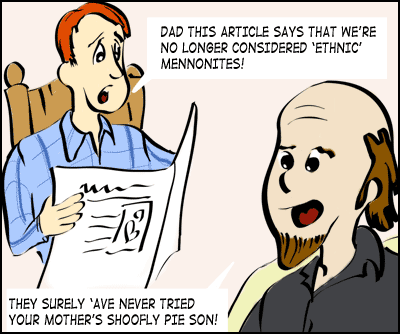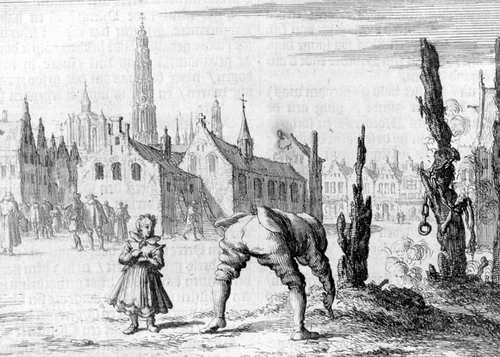Have you ever experienced something so overwhelming that it takes a while to sink into a place where it can be digested? (I’m hoping the American people are going through a “writer’s block,” so to speak, and will very soon rise up with their voices, pens, and withdrawn tax dollars to stop the worship of war in our country! But I digress…)
I spent last July in Monrovia, Liberia with my parents (they were there on a two-yr. humanitarian term with MMN, years that tested their marriage and their faith–but that’s a whole other entry!). A collapsed infrastructure is astounding and brutal to see face to face; so is the result of centuries of violence, corruption, and struggle…It’s taken me 8 months to put my experiences in Liberia onto paper…and even so, they are so hard to capture or revisit. Anyway, here are some new poems. I’d love to read others’ travel writing!
_____
TO THE GIRL ON SOMALIA DRIVE
I am not prepared to see her on Somalia Drive.
We have the car windows closed, partly
so that no arm can reach in, see what white skin
has to offer, partly to block out the loudest fumes.
Diesel trucks and busloads in front of us mimic
slowly rolling waves (children have been lost
in the mahogany puddles of rainy season potholes.)
Roads pulse with people, dogs with teats dragging, lines
of goats. We crawl past a slaughterhouse, a Coca Cola factory,
a trailer packed with workers singing
of the Promised Land.
We are some sort of horrible royalty.
After all, we are from America,
that real Promised Land that sent freed slaves here
to start Liberia, also the home of “freedom.” We are tied
to these people outside our car windows
by blood and sweat and quiet
greed. Men suck their teeth
at my mother and me, their way of getting
our unnerved attention. Looks of longing,
money signs, and awe. Babies often cry–
to them, we are ghosts.
I have learned to be overly interested in my shoes.
When I do glance up this day, I see a flash of white,
and there she is: a blue-black body
all treble clef curves, a bucket of bananas
cocked on her head. We look
at one another, five seconds
at the most.
I am becoming numb to seeing more and more
young men with missing limbs or hands,
the sickening artwork of civil war.
But meeting eyes with a faceless girl–where cheeks
and nose should be, only white, only white–
who can ever get used to that? (more…)

